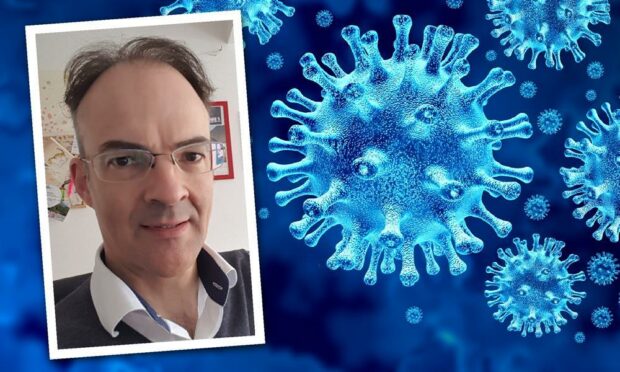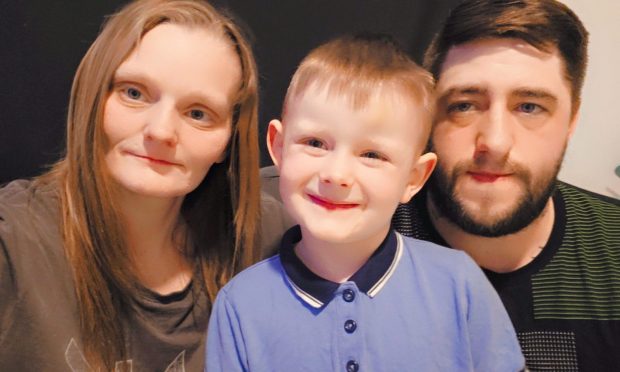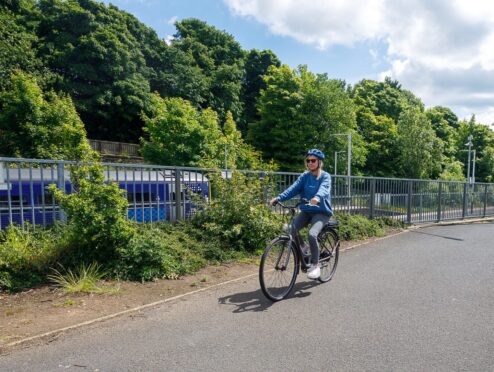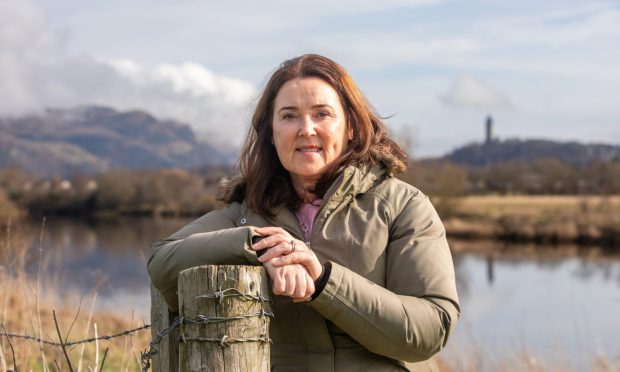The world is holding its breath to find out more about the new Omicron Covid variant and the impact it will have on the course of the pandemic.
There are various points of view over how dangerous Omicron is: Some believe it is an expected development; others are concerned about the health risks.
But could Omicron ‘weaken’ Covid, is herd immunity near, and what do we need for the pandemic to end?
We spoke to Professor Neil Mabbott, personal chair of immunopathology at Edinburgh University, to find out more about what the future may hold.
How does the situation with Omicron compare with March 2020?
“We’re in a very different state from where we were in March last year.
“Now, people in really high-risk groups have a significant amount of vaccine-induced protection. The same goes for the general population.
“Back in March we weren’t wearing masks, social distancing or working from home as much as we are now.
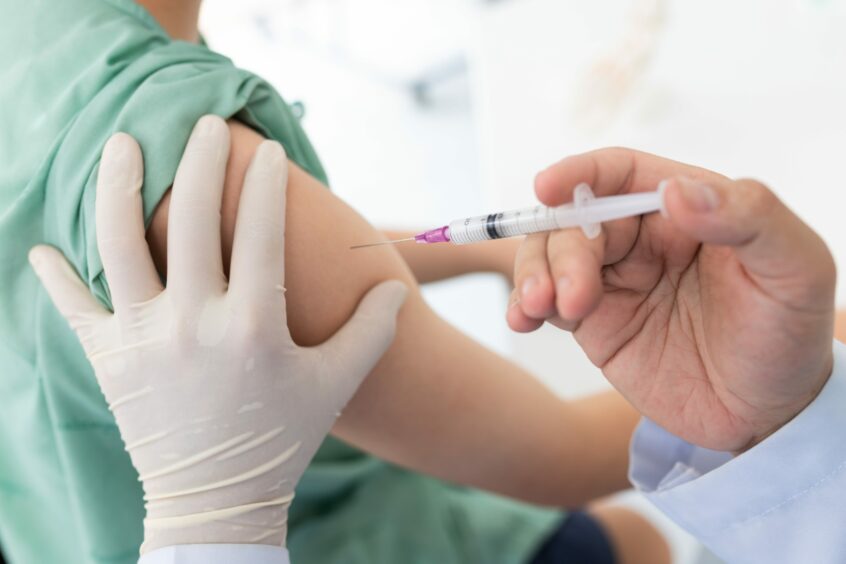
“Of course, that doesn’t mean this new variant is not concerning.”
How concerning is Omicron?
There are varying opinions about the risk Omicron poses.
Some experts believe it could make the pandemic end sooner and could be a positive if it causes milder illness.
Others think the mutation is a cause for concern and could lead to the biggest wave of infections yet.
Prof Mabbott continues: “Given the potential concerns this variant raises, I think the responses made are proportionate.
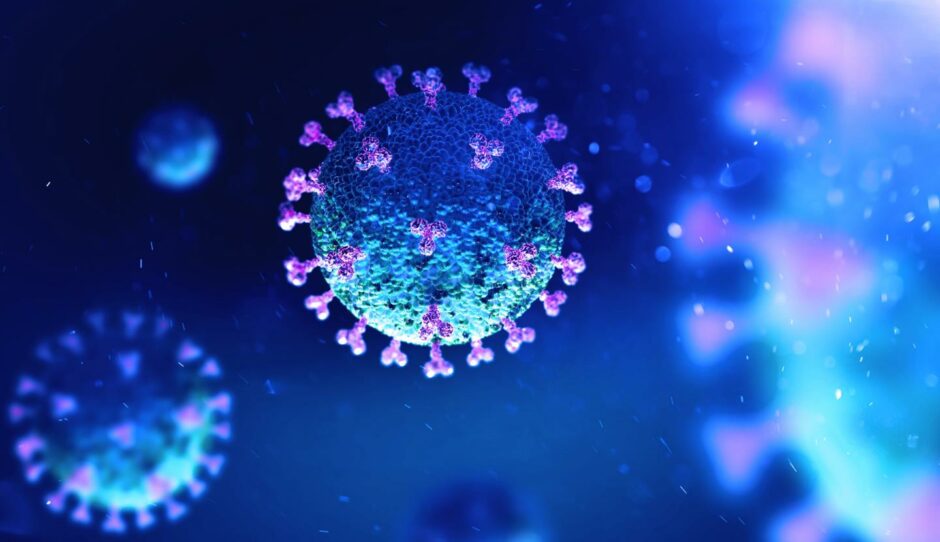
“It is too early to suggest this variant may be less pathogenic (pathogens are organisms causing disease).
“That said, should tests show this variant is unlikely to be a greater risk than the Delta variant, measures can easily be scaled back.
“Just letting the virus pass through the population risks generating further variants of concern.
“Especially in a population like the UK with high levels of vaccination induced immunity.”
What risk does Omicron pose to vaccinated people?
“We can only speculate and make educated guesses at this stage. We won’t know how transmissible it is or the severity of the new variant for some time.
“In terms of how vaccines might be affected, there are very simple tests you can do to find that information out. It will take a few weeks to do so.

“It will be reasonably straightforward to update vaccines. We can simply change the genetic material we’re using and update the vaccines, should we need to do that.”
Have Covid variants become ‘weaker’ or less of a threat to health?
“It depends on what mutation has occurred. Mutations happen all the time.
“Some of these, by chance, have absolutely no effect. Some make a virus more severe or more infectious.
“Others make the virus less transmissible. As pandemics go on, pathogens do tend to become milder.
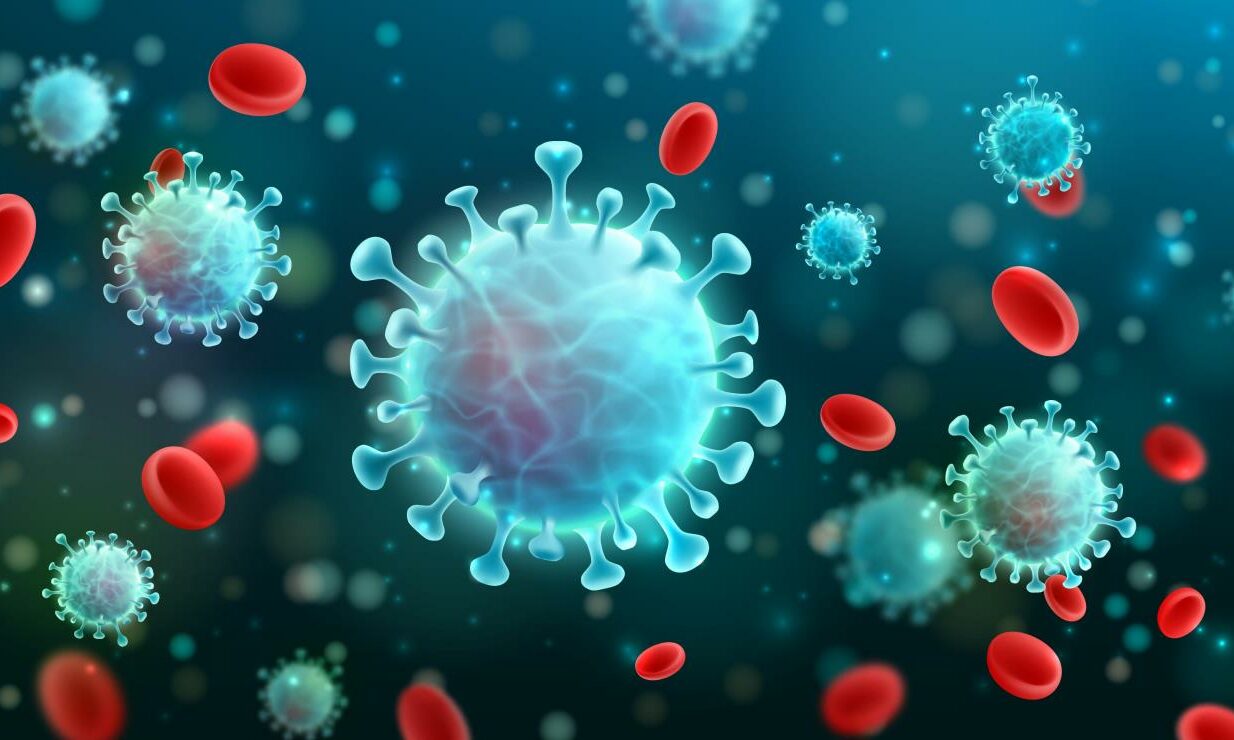
“But that’s coupled with increased immunity through infections we’ve been exposed to. So those combinations will make certain infections less pathogenic.
“In the UK, we have high levels of vaccination. But if a virus was able to mutate to escape that immunity, that’s quite dangerous.
“Ideally what we should be trying to do is keep the levels of the virus and levels of transmission as low as possible.
“This prevents those vaccine-evading strains from having the opportunity to arise.”
At what point do we achieve herd immunity and what point are we at right now?
“You reach herd immunity when you start to see a decline in cases, severe disease and death, despite high levels of the pathogen being around.
“Only a couple of weeks ago there were suggestions the UK had reached this stage. Whether Omicron will change that or not, we don’t know.
“If a new strain arises which can avoid the immunity we’ve built up, that lowers the level of immunity that has been reached in the population.
“That’s why it’s important we ensure not only is the UK reaching full vaccination, but also developing countries.
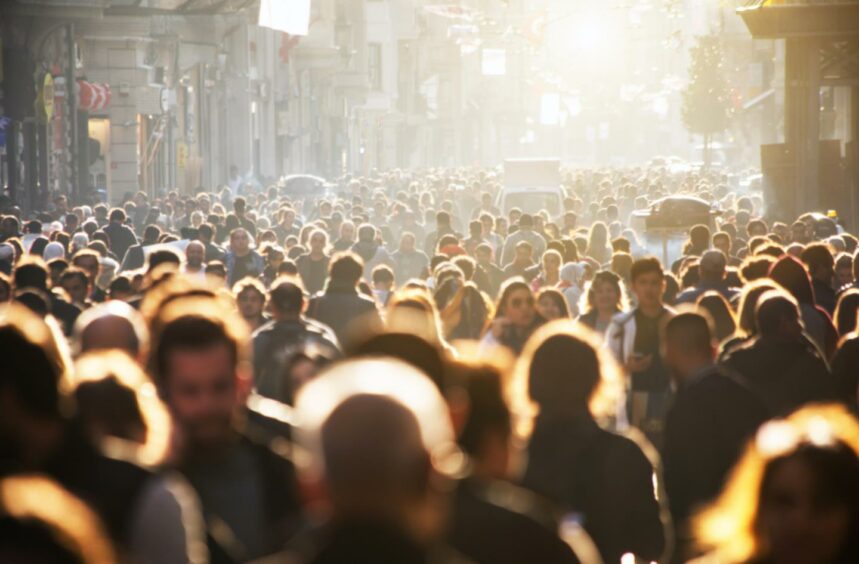
“This situation demonstrates if you have a high amount of virus in a population with lower degree of full vaccination, it provides ideal opportunity for new variants of concern to arise.”
What do we need to do for the Covid pandemic to end?
“Acting swiftly is key and by locking down certain aspects of travel, we’re acting reasonably swiftly at this stage.
“We learned this time last year how delaying action by just a week or two can have a significant impact downstream.
Increasing measures now might reduce a lot of pain later.”
Professor Neil Mabbott
“Yes, it might be painful to increase measures now, but it might reduce a lot of pain going forward.
“These extra measures cut down that transmission link, so we can get the virus load down to as little as possible while at the same time boosting up vaccine immunity.
“This is all so that next year we’re hopefully in quite a different situation.”
